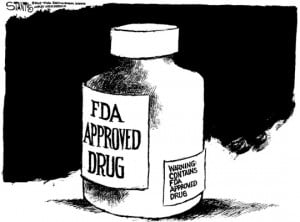In the 1970s, a Japanese firm bought Motorola and developed Six Sigma. Companies all across the world use this in order to improve quality, which spread to thousands of organizations in the 1990s and twentieth century. Motorola uses Six Sigma on three levels: as a metric, as a methodology, and as a management system. Motorola came to this idea because they were making a highly complex product that created more failures than desired. It was not until 1981 when Bob Galvin took control of Motorola that a big change happened and he achieved quality improvement tenfold with performance. This led to the idea of (DMAIC), which is define, measure, analyze, improve, and control. Motorola launched this idea in all different departments using it not only for the quality of a product, but in processes, services and administration. The idea was to have 3.4 defects per one million opportunities, but today it has evolved beyond that idea and taken less literally.

Today, people can take classes and be a certified black belt in Six Sigma. Finding the root causes of problems is important to organization and today will either make or break a company. Competition is fierce and not adopting a quality control system, like Six Sigma could cost a firm money. This quote explains the importance of Six Sigma to an individual, “Based on the December 2011 ASQ salary survey, people who are certified Six Sigma Black Belts earn $102K per year, versus $85K for their non-certified counterparts, a difference of over $16,500 per year” (Pyzdek Institute). The training for Six Sigma can be time consuming and expensive; it can cost someone ten to fifteen thousand a year and take four to twelve months to complete the training, but the payout is worth it. There are three different levels of Six Sigma Project Participants: Green belts can complete a cost-saving project of ten thousand or more, a black belt can save money to companies of up to one hundred thousand, and a master black belt can save projects more than a million dollars. Taking part in these classes can eliminate waste and increase savings by improving processes.
Six Sigma is unlike other quality improvement methodologies because is focuses on defects rather than non-conformances. What this means is that even if there are no problems in a system, it can always be improved for better efficiency and profitability. The goal of an organization should be to reduce variation and standardize all products and services. A company that uses the eight essential tools involved with Six Sigma will reduce cost, increase quality, and outperform their competitors. Constant improvement must be done in order to insure the future of a company.
What companies out there do you stay away from doing business with that should adopt Six Sigma and how can they improve quality/efficiency?
Links:
http://www.pqa.net/ProdServices/sixsigma/W06002009.html
http://www.motorola.com/web/Business/_Moto_University/_Documents/_Static_Files/What_is_SixSigma.pdf
http://www.sixsigmatraining.org/an-open-letter-to-aspiring-belts






